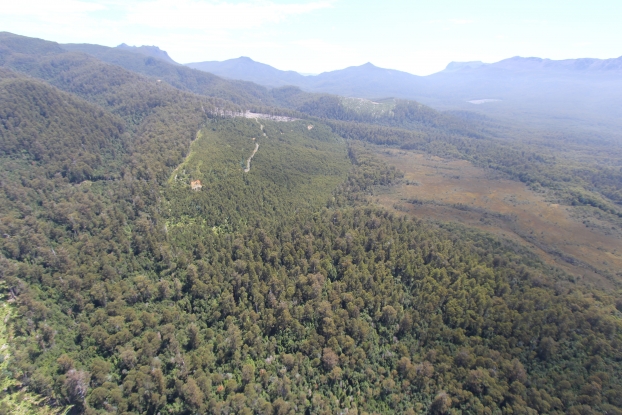
With the impact of global warming set to become a key issue in Australian forestry policy, German experts have emphasised the indispensable role of sustainable forest management in climate protection. From Philip Hopkins for Timberbiz
The Victorian Labor Government has pledged to include climate impacts as part of its drive to modernise the state’s 20-year-old Regional Forest Agreements, which are to be finalised by March 2020.
In Germany, experts and organisers of the four-day Munich Interforst conference have emphasised that wood’s role as a climate-friendly raw material will be a key focus of the four-day event in July.
“Sustainable forestry and wood as a construction material and source of energy (biomass) are important levers for climate protection,” said Interforst’s executive director, Martina Ehrnsperger.
Ms Ehrnsperger said trees “breathe” in carbon and “breathe” out oxygen.
“Particularly young, rapidly growing forests absorb large quantities of carbon and in this way counteract the greenhouse effect,” she said.
Ms Ehrnsperger said a key to long-term forest protection was sustainable management. “Actually, abandoned forests are carbon neutral from a very long-term perspective. After trees have died, the carbon stored in the trees is released again,” she said.
“At the same time, young trees recapture carbon. A balance occurs with more or less constant carbon pool. However untouched natural forests only withdraw little additional carbon from the atmosphere.”
In a managed forest, Ms Ehrnsperger said trees were harvested and the timber utilised before the degradation process starts.
“A sustainably managed forest shows high performance as a carbon sink over long periods of time,” she said. “Therefore, responsible sustainable forest management and an intelligent use of timber as a precious raw material are an important component of and contribution to worldwide climate protection.”
Dr Karl Stampfer, a university professor from Vienna, said another lever of forest protection was structurally mixed forests with a high potential for adaptation.
“A greater diversity of tree species increases resilience. This goes hand in hand with biodiversity of organisms in the soil, which, in turn, increases long-term carbon sequestration in forest soils,” said Dr Stampfer, who is from the Institute of Forest Engineering of the University of Natural Resources and Life Sciences.
“A broader age structure for trees and earlier harvesting are further measures under discussion.”
Ms Ehrnsperger emphasised wood’s climate role in construction and energy biomass. “Wood in houses or furniture stores carbon for further decades. Wood is predominantly climate-neutral, even as combustible,” she said.
“The quantity of carbon dioxide that is set free does not exceed the quantity that the tree absorbed in the form of carbon during its growth process.”
Martin Bentele, chairman of the board of trustees of the Bavarian firm, proHolz Bayern, said as well as providing wood for construction and biomass, Germany’s forests also met the public’s high demands for nature conservation, erosion protection and recreation.
Mr Bentele said wood’s use as energy – whether firewood, woodchips or pellets – had developed to become a serious alternative to fossil energy sources.
“The number of built-in pellet boilers and wood-burning stoves has quadrupled since 2007,” he said. Wood’s had been made more attractive by combining it with solar thermal panels and efficient wood-heating systems.
“This applies particularly to low energy houses and houses with low energy demand. Modern wood energy supplements timber construction perfectly; it is the ‘icing on the cake’ for climate neutrality, so to speak,” Mr Bentle said.





